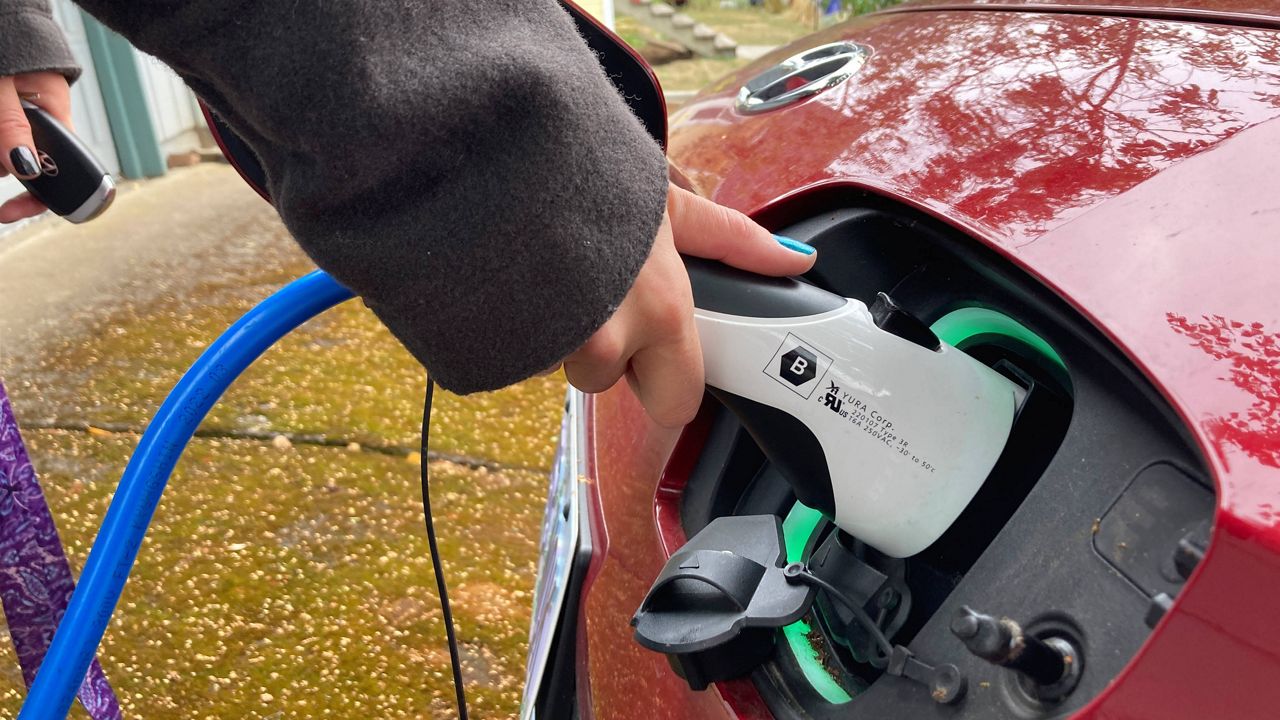The Biden administration is directing all federal employees to use more enviromentally friendly options when traveling locally and for business. Issued Thursday, the White House directive seeks to lead by example as it works to build a clean transportation future.
Federal employees are directed to rent electric vehicles for official travel when it costs less than or equal to the most affordable comparable vehicle and to opt for EVs when using taxis and ride-share platforms. Instead of flying or driving, they should also use rail for trips that are less than 250 miles, as long as it is cost-effective and available.
To help increase the use of public transit, federal employees are directed to use the subway, bus or light rail when traveling locally or after they arrive at the location where they are traveling for official business.
As the nation’s largest employer, the federal government spends about $2.8 billion annually on business travel, according to a statement from the White House. Last year, federal employees took more than 2.8 million flights, rented 2.3 million vehicles and took 33,000 rail trips.
Part of the Biden administration’s Federal Sustainability Plan, which seeks to reduce emissions 65% by 2030 and to reach net-zero emissions from federal operations by 2050, the sustainable transportation directive applies to official and local travel in the U.S. and abroad.
The Biden administration is giving federal agencies 120 days to report to the Office of Management and Budget and the White House Council on Environmental Quality about how they intend to meet the directive’s goals.



